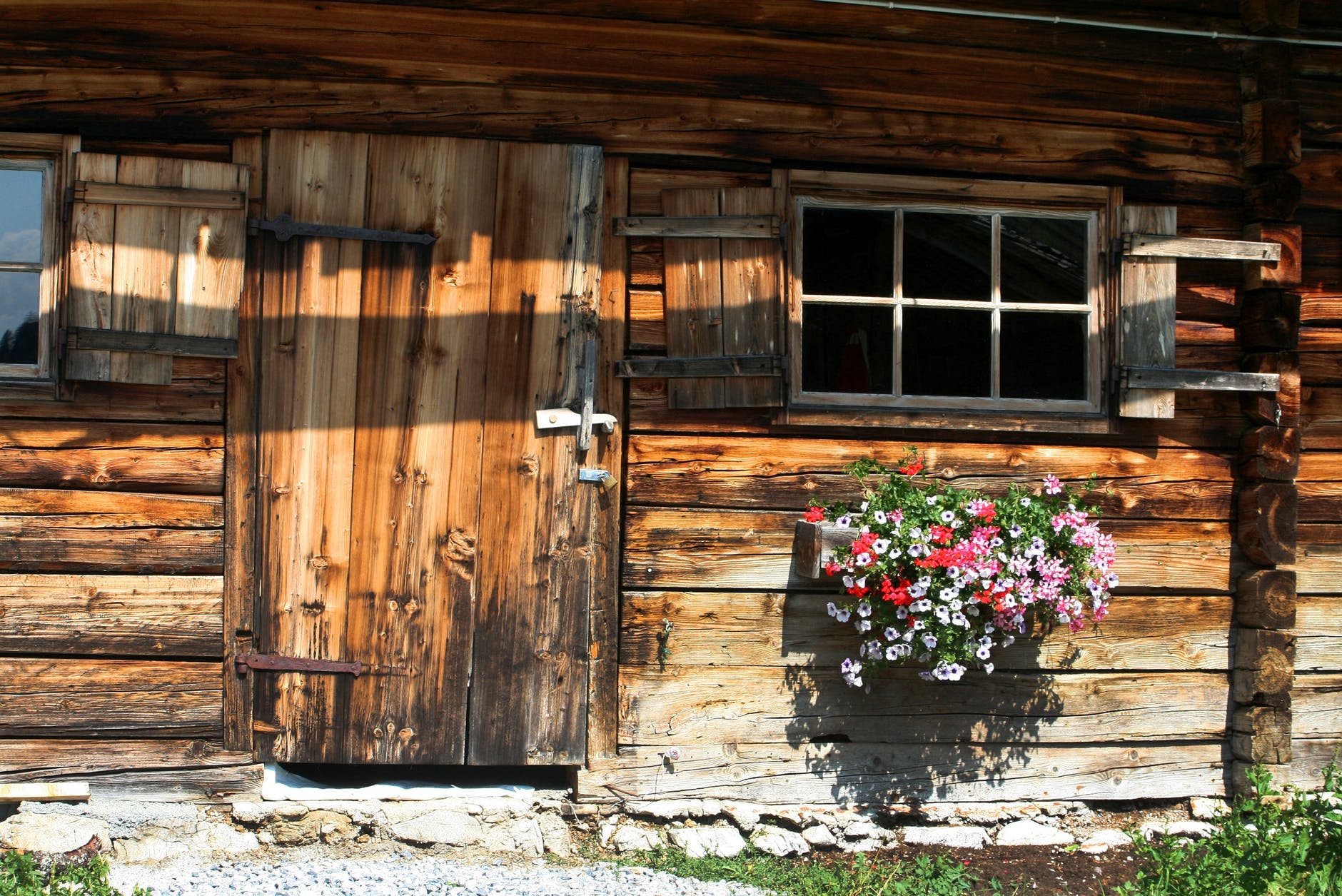I work with children with neuro-developmental trauma, doing something called brain mapping. Translated, this means that at some point in a child’s development an event has occurred that impacted brain development during crucial developmental phases.
A number of events can contribute to this. Most of us know that drugs and alcohol are traumatic events to a developing fetus which can impact brain development. A mother who is stressed throughout her pregnancy with cortisol streaming through her body creating a rapid heartbeat can affect the developing fetus. The baby being exposed to this in utero can be born with a heightened stress response system.
A baby born prematurely, or with health issues subsequently who is isolated and cut off from the normal sensory bath that occurs through touch, sound, and sight, can develop attachment issues if the isolation and lack of contact goes on for a significant period of time.
Most of us have seen footage of those children raised in eastern European orphanages who were left in cribs throughout the day with almost no human contact and whose brains had been severely impacted by neglect. Albeit this is an extreme example, however children who are neglected, abused, and traumatized often have impaired brain development. These children present with attachment issues, difficulty with self-regulation, aggression and a host of other issues.
The earlier the traumatic event, and particularly if it occurs before language has developed, the greater the impact. A child’s body holds the trauma as there are no words to put the trauma into context.
Children exposed to domestic violence often present with neuro-developmental trauma. Witnessing violence literally changes a child’s brain. Stress produces cortisol which adversely affects a developing brain. Ongoing exposure to domestic violence creates a state of chronic stress, fear and anxiety. Over time this begins manifesting in a series of issues. Children present with aggression, inability to regulate themselves, anxiety, fear, and sensory problems. They live in a state of flight or fight, and because their stress response systems have a higher set point than most children, it takes very little for them to become dysregulated.
These kids are likely to have impaired attachment, and they are often misdiagnosed as being oppositionally defiant, having ADHD, or sometimes labelled as autistic when this is not the case. These are the children that cannot sit still in class, cannot learn, are disruptive and explosive. They become the bane of their teacher’s existence and are often ostracised not only by their teachers, but their peers alike. They are lonely and most often, misunderstood. The problem is that developmentally they may be years behind their chronological age. Expectations by the people around them, don’t match their developmental age and stage.
Dr. Bruce Perry, a world-renowned child psychiatrist and neuroscientist has contributed hugely to what we now understand to be neuro-developmental trauma. He has pioneered the use of brain metrics or brain mapping in order to better understand how trauma has affected a child’s developing brain. By getting a complete bio-psycho-social on the mother, and by going through the child’s physiological and psychological development, we are able to get a computer-generated representation of a child’s brain, showing which areas have been impacted.
What is known that regular, repetitive, rhythmic movement replicates what should have occurred during early brain development, and these types of movements help to quiet an overactive stress response system. Most of the impairment occurs in the lower portions of the brain, which is less malleable or plastic than the higher regions of the brain. The earlier the interventions, the greater likelihood of success.









